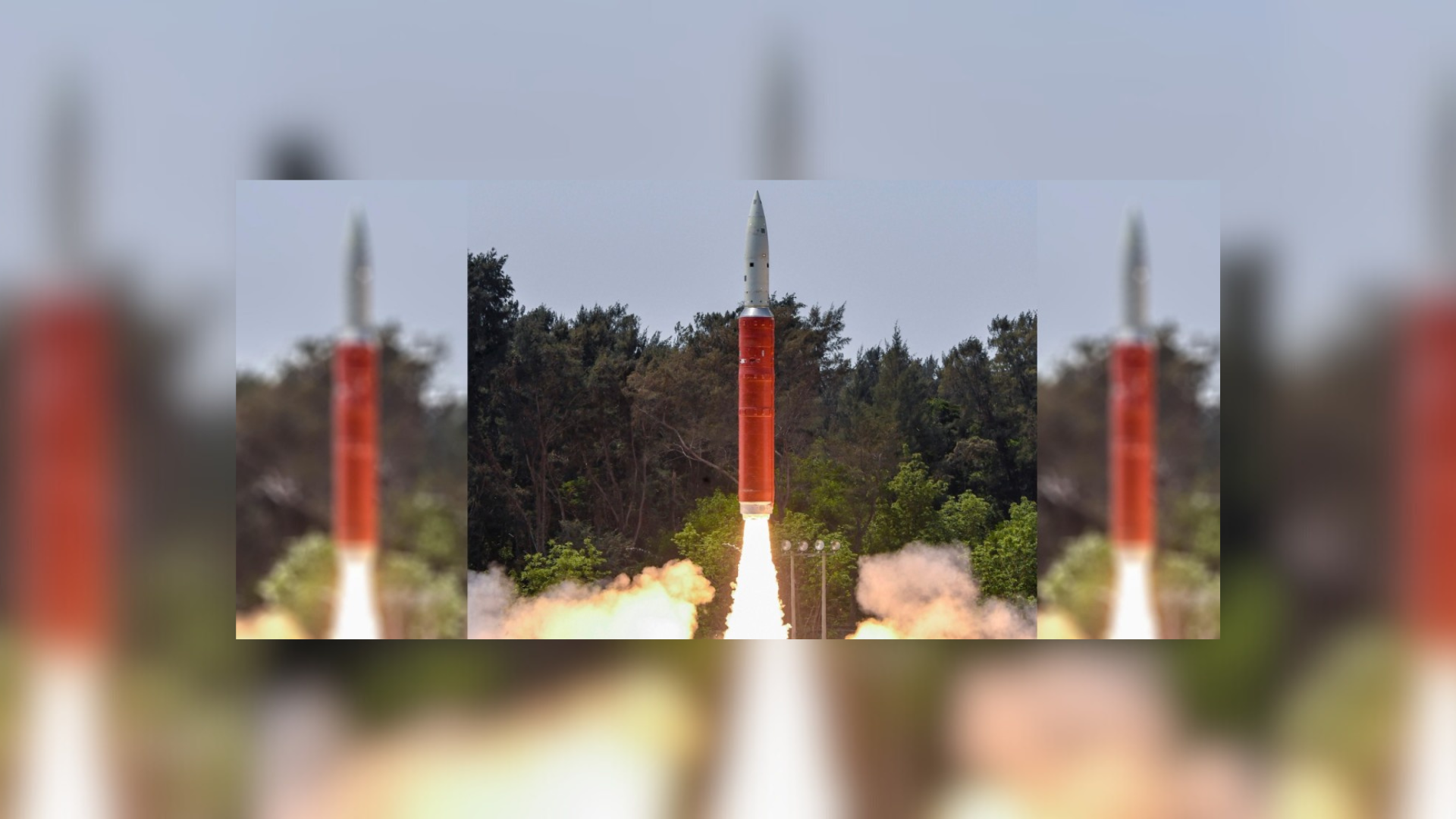India has been at the forefront of space exploration and research for several years now and has developed one of the most advanced capabilities to carry out research projects. India is famed for its advanced and cheap space travel which was estimated to have cost less than a few Hollywood movies and has also deployed several satellites of many peer nations who still boast about its space travel capacity.
It was with these tools that India also harnessed the capacity to build itself an Anti-Satellite weapon that is used to neutralize satellites from the ground. Dismantling a satellite serves as a tactical move for the Indian space and defence sectors and Demonstrates its capability to protect its space assets.
Dr. G Satheesh Reddy, the former scientific advisor to the defence minister and the person leading the test, said, “Anti-satellite capability works as a deterrent in protecting India’s space assets, and a test was conducted smoothly and secretly five years ago”.
On March 27, 2019, scientists from the Defence Research and Development Organisation (DRDO) patiently waited as the Indian-made satellite Microsat-R entered their field of view. A single missile was launched from the APJ Abdul Kalam Island in the Bay of Bengal, and in less than three minutes, the satellite was destroyed.
Codenamed ‘Mission Shakti’, this achievement was celebrated as a significant success, as only the US, Russia, and China had conducted anti-satellite weapons tests before this. The test was also likened to conducting a surgical strike in space. According to a DRDO scientist, ‘Mission Shakti’ showcased India’s ability to effectively neutralize any satellite orbiting at an altitude of 300 kilometers. The country has possessed the capability to conduct anti-satellite weapons tests for a minimum of fifteen years.
It’s no simple task to intercept a satellite at that altitude, given its velocity of approximately 28,080 kilometers per hour, or 7.8 kilometers per second. Targeting such a small object, as the satellite would appear at that distance, presents a significant challenge. Subsequently, it was verified that India employed a novel missile system called Prithvi Defence Vehicle Mark-II, designed to engage fast-moving satellites and disable them. The missile, measuring 13 meters in length and weighing nearly 20 tonnes, demonstrated remarkable precision.
Mission Shakti represented a significant technological achievement. However, it has been five years since then, and India has not conducted another test of an anti-satellite weapon.




